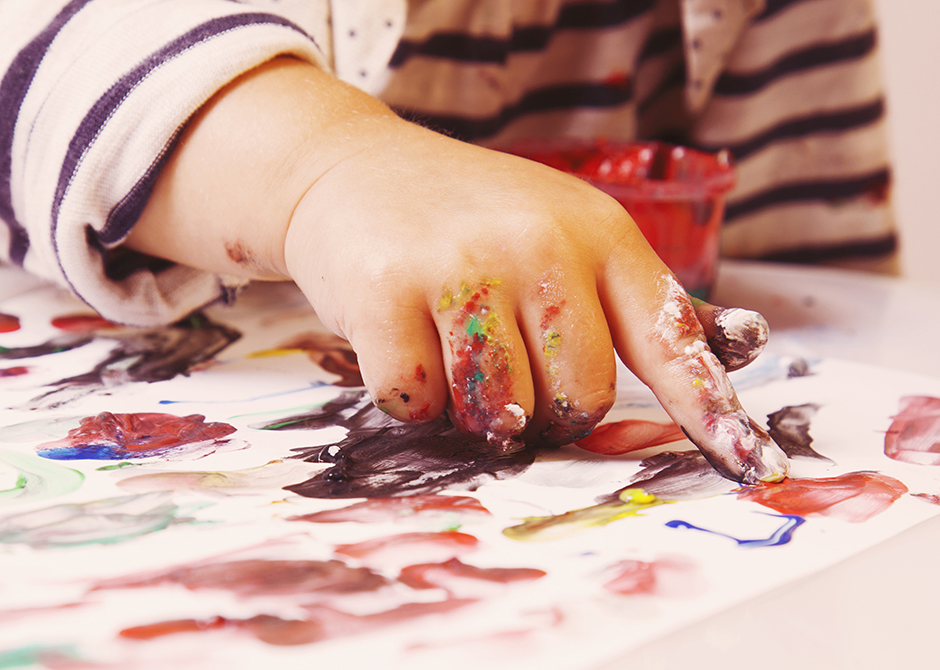Children are like sponges. Their young minds have an astounding ability to absorb and learn from their surroundings quickly. With guidance and encouragement, children can learn language and communication skills from the people they meet and the things they see and do – and that includes art and craft.
Besides encouraging your child to read widely, art can be a great way to teach a young child the vocabulary and sentence structure of the Chinese language. When children actively use the language in their everyday activities, they internalise it naturally. Here are three activities you can try at home to make learning Chinese fun through art:
1. Talk and draw it out
Introduce Chinese characters for nouns whenever you can. This can be done at any time of the day and even at home. For instance, mealtimes are great opportunities to teach your child the names of cookware and cutlery, or even the different types of food on the table. Sit down with your child after the meal for an art jam session, and together, doodle pictures of the cutlery and food you’ve just had.
For older children who are inclined artistically, try cartooning based on the new vocabulary you’ve taught your child. It is a fun way for children to learn and it encourages them to think and express themselves as they create stories. Don’t focus on how well your child draws, but on the ideas they suggest, and the language they use.
2. Mix up the colours
Bring out primary colours in a paint set, and get your child to mix them up. Give your child the freedom to choose and mix different colours and get them to name the resulting secondary colours in the Chinese language.
3. Fun with shapes
Cutting with scissors, squeezing a glue bottle and running a glue stick over paper are activities that help to train fine motor skills. Children love these tasks and they improve coordination and dexterity, so why not seize the opportunity and turn it into a teachable moment? Get your child to cut out various shapes, such as circles, squares and ovals and name the shapes in the Chinese language. You could also quiz them or get them to match similar ones together.
These activities can be done in the comfort of your home, and do not require a whole day out. What matters is the constant usage of the language while interacting during the activities. Of course, it’s not just about learning all the time! Take the opportunity to bond with your child and find out about their favourite colours, interests and activities.




.jpg)

